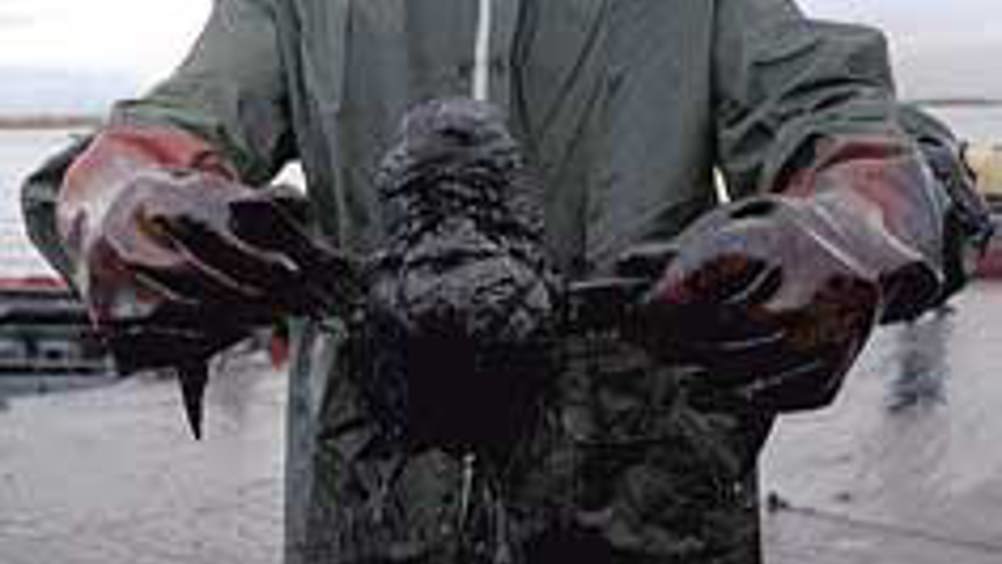Microbes degrade plume from Gulf of Mexico oil spill
A study by scientists at the Lawrence Berkeley National Laboratory has found that microbes have degraded virtually all of the oil in the deepwater plume that resulted from the BP oil spill in the Gulf of Mexico.

In the aftermath of the explosion of BP’s Deepwater Horizon drilling rig in the Gulf of Mexico, a dispersed oil plume was formed at a depth between 3,600 and 4,000ft that extended approximately 10 miles out from the wellhead.
’Our findings show that the oil profoundly altered the microbial community by significantly stimulating deep-sea psychrophilic [cold temperature] gamma-proteobacteria that are closely related to known petroleum-degrading microbes,’ said Terry Hazen, a microbial ecologist with Berkeley Lab’s Earth Sciences Division.
’This enrichment of psychrophilic petroleum degraders with their rapid oil biodegradation rates appears to be one of the major mechanisms behind the rapid decline of the deepwater dispersed oil plume that has been observed.’
Hazen and his colleagues began their study on 25 May 2010. At that time, the deep reaches of the Gulf of Mexico were a relatively unexplored microbial habitat.
’We deployed two ships to determine the physical, chemical and microbiological properties of the deepwater oil plume,’ Hazen said. ’The oil escaping from the damaged wellhead represented an enormous carbon input to the water column ecosystem and while we suspected that hydrocarbon components in the oil could potentially serve as a carbon substrate for deep-sea microbes, scientific data was needed to prove our suspicions.’
Register now to continue reading
Thanks for visiting The Engineer. You’ve now reached your monthly limit of news stories. Register for free to unlock unlimited access to all of our news coverage, as well as premium content including opinion, in-depth features and special reports.
Benefits of registering
-
In-depth insights and coverage of key emerging trends
-
Unrestricted access to special reports throughout the year
-
Daily technology news delivered straight to your inbox










CCC Report Finds UK Climate Targets Still Within Reach
In 1990 67% of the UK´s electricity came from coal-fired power stations and even without renewables the transition to gas was a major contributor to...